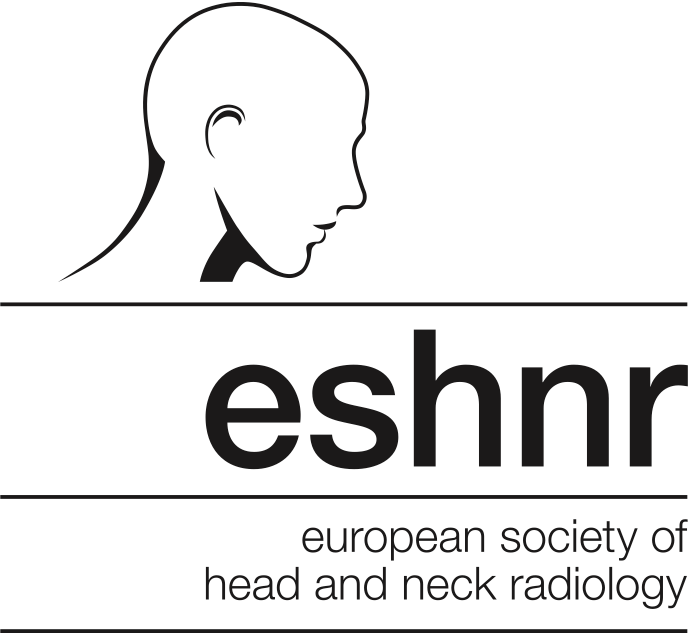Education in partnership with
Online Application
OPEN until March 18, 2024
Evaluation Committee
Tim Beale, Soraya Robinson, Berit Verbist
Training centres
Please click on this LINK to view the available training centers.
How to apply
Applicants are asked
- To log into the MyUser Area of the ESR Website and to select the button “Exchange Programmes for Fellowships”
(If you are not an ESR Member or need to renew your ESR Membership, please click here.) - To then opt for the respective subspecialty
- To select one preferred training centre and to indicate a second as well as a third choice
- To upload the following documents as one single PDF file (maximum size 8 MB) in the order listed below:
- Letter of motivation (addressed to the Evaluation Committee) including a summary of their training background, areas of particular strength and interest and a brief description of how they would hope to implement and apply their medical training. (This is a very important document, please take your time when you prepare it.)
- CV – It is mandatory to use this template: ESOR curriculum vitae template (DOC) otherwise the applicaiton will not be considered
- A certificate verifying recent board certification in radiology (no longer than three-four years ago)
- Letter(s) of recommendation (addressed to the Evaluation Committee) from the head of department of the current training centre or a previously undertaken academic training
Exchange Programme for Head and Neck Radiology Fellowships (ESHNR)
The need to sufficiently qualify young radiologists to make accurate diagnosis in the head and neck area using multi-detector CT, MRI studies and PET CT, led the European Society of Radiology (ESR) and the European Society of Head and Neck Radiology (ESHNR) to establish an exchange programme for fellowships or subspecialisation training in head and neck radiology.
Aim
Recent advances in multi-detector CT, high resolution MRI and PET CT, as well as clinical research including multimodality image fusion techniques have rapidly expanded the range of applications of these imaging modalities in the head and neck area, which constitutes with its intricate anatomy and wide spectrum of diseases a challenge for most young radiologists.
The current exchange programme offers an opportunity to complement subspecialisation training in head and neck radiology or an existing structured fellowship programme, through exchange, in this field of radiology. Through three months of training the fellows will be provided with intensive modular training in head and neck radiology and will be supervised by specialised tutors at a pre-selected, highly esteemed, academic training centre in Europe.
Number of available places
Up to four places are offered and organised through ESOR. The successful applicants will receive a grant jointly provided by ESR/ESOR and ESHNR.
Eligibility
- This exchange programme is applicable to radiologists within the first three-four years after certification, who desire to become subspecialist radiologists in head and neck radiology.
- Basic knowledge of current clinical practice in radiology with regard to CT, MRI and US. Competence in producing a radiological report, in summarising the relevant radiologic findings, in communicating with clinicians and patients, as well as the interest to work in a clinical department with multi-disciplinary staff and high-cost equipment are essential. Understanding the immediate therapeutic consequences and the medico-legal implications of uncertainty and errors in the head and neck area are necessary. In addition, a good clinical background in other disciplines, which has been achieved through clinical experience and training prior to entering the fellowship is desirable.
- Applicants must be proficient in English.
- An active ESR and ESHNR membership fee is required.
-
Applicants who were selected for this programme in the past cannot be considered for a second time.
- It will be possible to apply for one programme and within this programme for one topic only.
- To ensure equal opportunities candidates should apply only to institutions outside of their country of residence/work.
- All applications will be carefully reviewed by an evaluation committee after the submission deadline.
- The selected candidates will be asked to provide additional documents to the training centre for administrative purposes.
- A valid Covid-19 vaccination certificate will be required by most hospitals.
- The selected fellows are further asked to take care of their health insurance and are responsible for their visa. (Please make sure to apply well in time because of longer waiting periods.)
Duration of fellowship and funding
Programme structure
Based on weekly training programme modules, the trainee will familiarise him/herself with the institution’s imaging equipment. He/She will then learn data handling and post-processing at different workstations, followed by case-by-case hands-on teaching on routine clinical cases with different modalities from experienced staff. At the end of the training programme the trainee should be proficient in discussing the appropriate imaging modality and imaging technique with referring clinicians and be able to interpret different head and neck examinations on his/her own.
In non-native English speaking training centres teaching would be in English, while major radiological conferences and reporting may be in the local language. Some knowledge of the local language may be an advantage.
The trainee will be able to observe clinical activities, but will not have direct patient care responsibilities.
It is the trainee’s responsibility to communicate with the centre regarding the details of the training and whether more responsibilities than observer status can be obtained. ESOR solely acts as facilitator and coordinator between the training centre and the trainee.
Certification
After successful completion of the three-month training the trainee receives a certificate from ESR/ESOR and ESHNR. In order to receive this, the fellow must present a written report about his/her work and activities during the programme.


